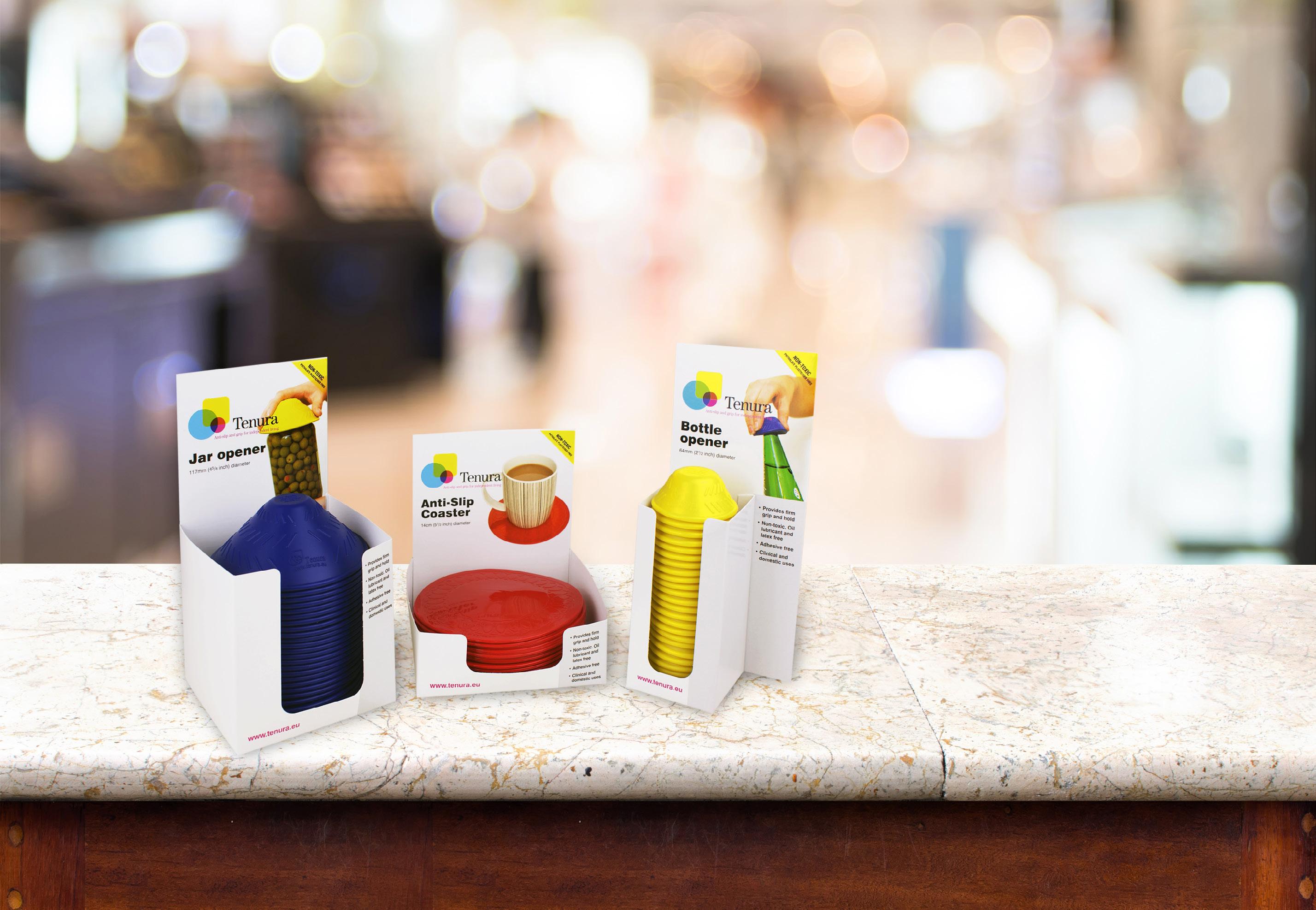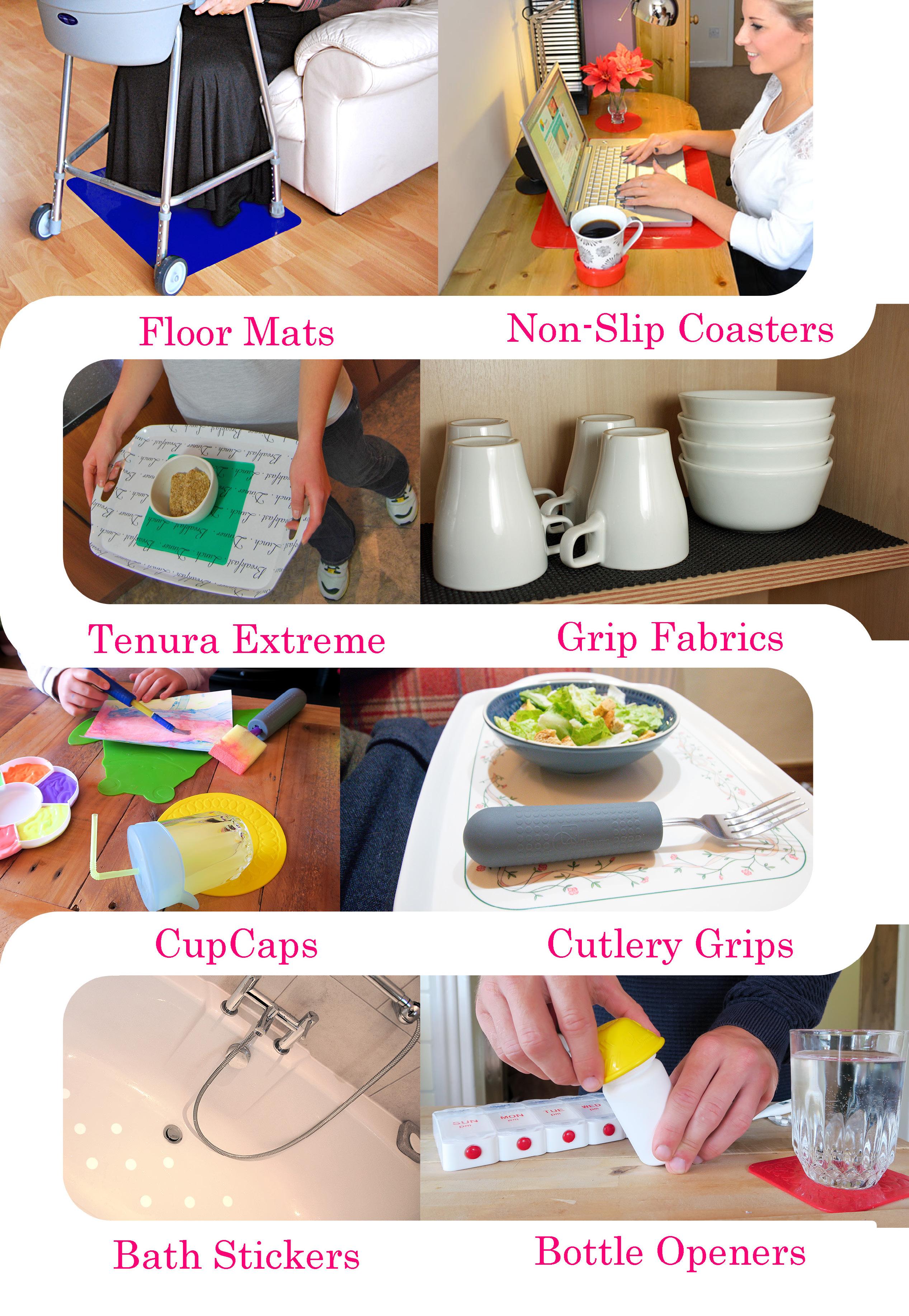
5 minute read
Kate Dean
KATE DEAN STARTING the Conversation
Disability Review Magazine caught up with Kate Dean, the Director of Enable Disability & Inclusion Consultants Ltd, to discuss her career, equality, and how including disabled people in the work-place is integral.
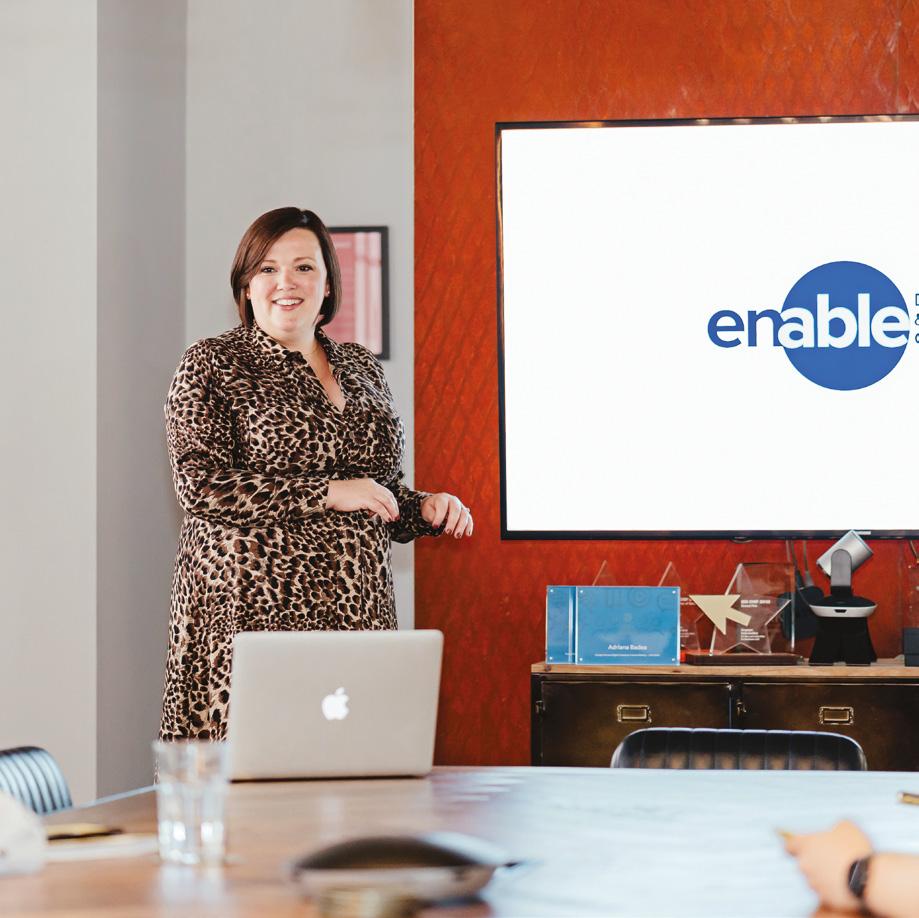
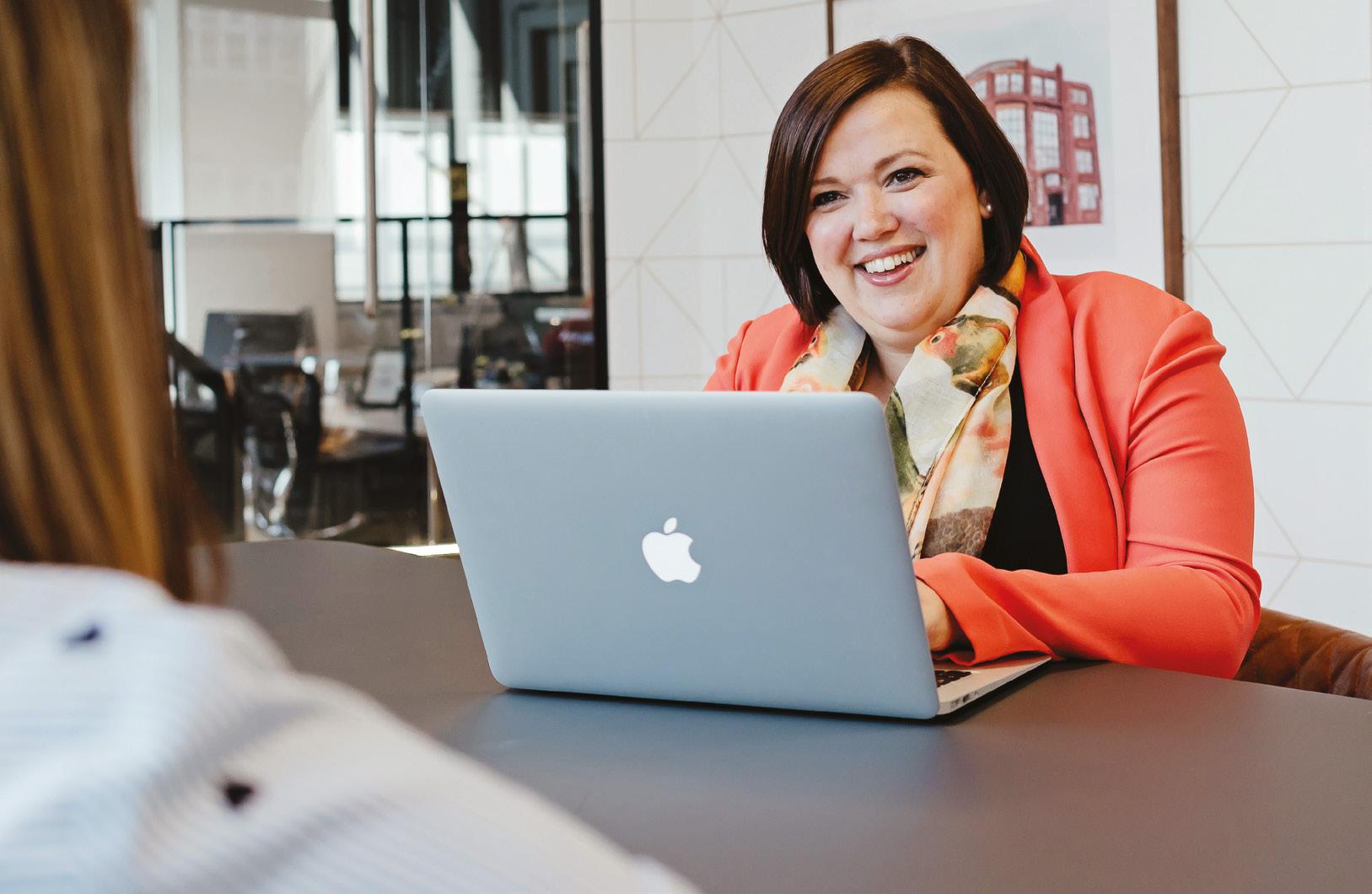
Kate has a sunny disposition that immediately warms a room, even a Zoom room – and, in fact, we stray off topic to discuss her dog before settling into the matter at hand, which leads to us discovering we’re both neurodivergent.
“I’m neurodivergent so I’m a natural problem solver and I’m passionate about what I do.” Kate explains, of her work as director at Enable Disability & Inclusion Consultants, and, somehow, we’ve come full circle back to the topic at hand. It’s a minutiae character study into how fitting around our access needs, in this case making sure there’s freedom for creative tangents as well as a clear agenda, culminates in the best possible working environment.
“People are at best apprehensive, at worst terrified of sharing their disability with their employer for fear of being treated differently or not getting the job or promotion.” Kate explains, when asked what businesses should be trying to learn about disability inclusion. Her business identifies adjustments, technology, and strategies that businesses and people can use to work to their strengths, as well as removing barriers and embedding inclusion for disabled employees through consultancy work. Kate has noticed a huge appetite for disability inclusion. “There is an ever growing and compounding evidence base that if we create inclusive workplaces, people will want to work for those organisations, will be at their best and will stay. There is a win for employer and individual alike.” But what would this look like? Kate is clear that the way forward for businesses is in embracing the change that has happened over the last few years. “The last couple of years have offered us such an opportunity to reshape the workplace, from working hours to the physical environment.” Kate comments. “Before the pandemic, working from home was the most refused request for a reasonable adjustment, until the world had to make it work. Now workplaces are trialling hybrid working, it is a really good time to enable
People are at team members to find something that works for best apprehensive, them. Flexible working at worst terrified, times and locations can make a big difference of sharing their to lots of people. It allows them to be at disability with their their best at work, and employer for fear have some energy left over to enjoy their nonof being treated work time. There are so differently. many opportunities to create inclusion, often these are straightforward solutions and quick wins that businesses can implement that make the world of difference to their team members. Helping us to move away from a deficit model of understanding disability to a strengths-based one where people can be unapologetically them is something that motivates and excites me every day.” She’s confident that the appetite for disability inclusion is already growing, telling Disability Review magazine: “Many larger organisations are really starting to think about how they can harness the strengths of their disabled employees but, often, they just don’t know how.
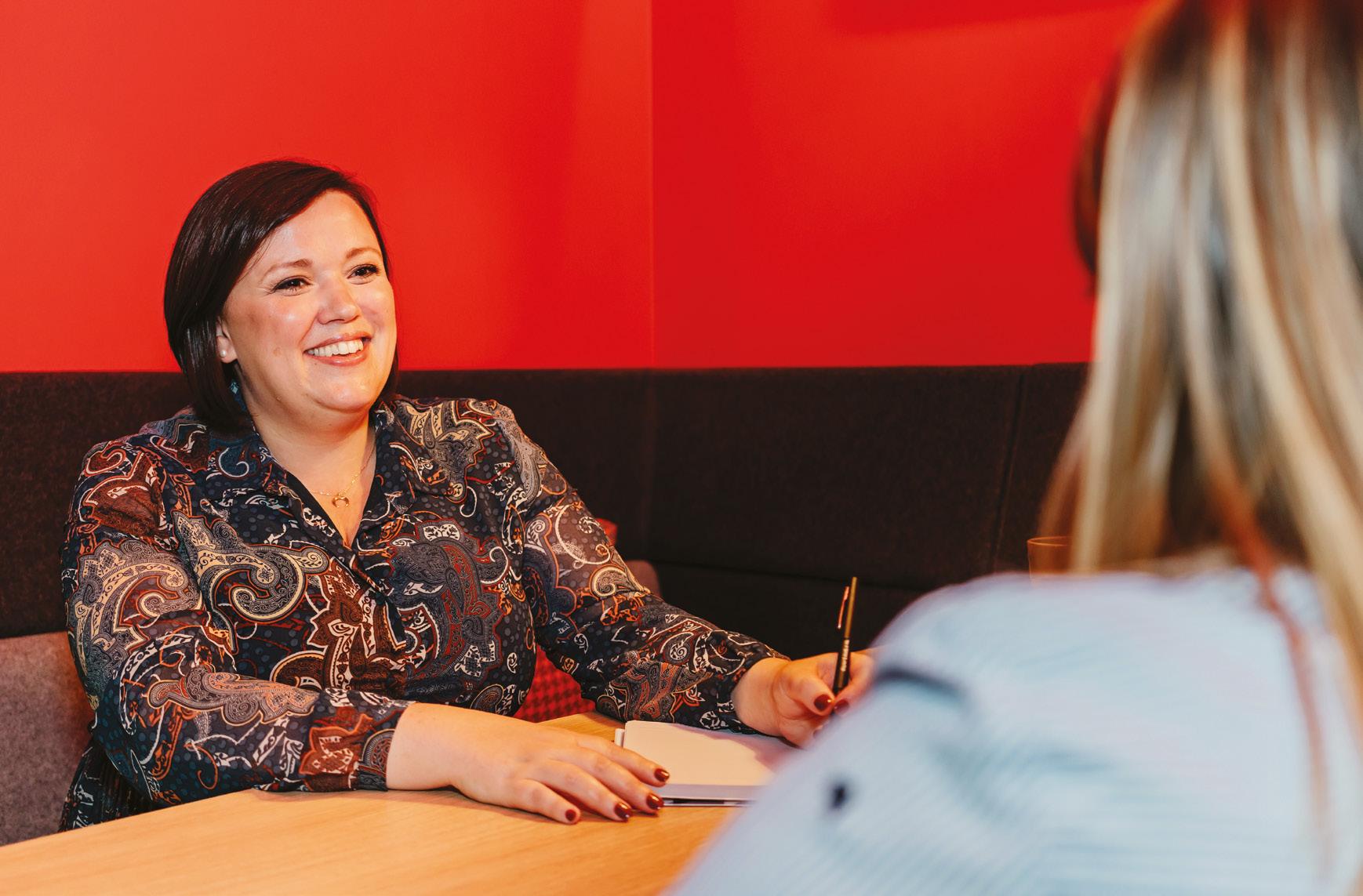
There is definitely a broadening of awareness around disability, and recognition that we need to think more about neurodiversity and unseen or hidden disabilities.”
“Just as we’ve recognised the importance of diverse workforces in terms of age, ethnicity and gender, amongst others, we now need to create a space where disabled people can thrive at work.” Kate goes on to say. “Many organisations have lots more disabled people than their statistics suggest; they’re just not telling their employer. There is already diversity in the workplace but unless we create an embedded sense of safety, belonging and inclusion, organisations won’t feel the benefit of this.”
But how can businesses go about implementing practices which can make disabled people feel safe enough to share their identity? “Often the hardest part is starting the conversation.” Kate believes. “We need to create a place of psychological safety where people feel safe to share their disability, neurodivergence or long-term condition. I have seen it for too many years working with students; they will share their disability to get exam adjustments in place, or support for their studies, but when it comes to graduating, they will never talk about it again. We need to train our managers to respond appropriately, give them the terminology and the tools that can support people. We need visible senior role models and to celebrate the many events throughout the year that give us an opportunity to challenge the myths and misconceptions around disability and what disabled people can and can’t do.”
Here are Kate’s top five tips for disability inclusion:
1.Training. Train line managers and colleagues on disability inclusion and dispel the many myths and misconceptions.
2.Create a safe and supportive space around disability if you want people to share it with you. 3.Ask people what they as an individual need in order to work to their strengths. Understand and implement those things.
4.Utilise technology. Assistive software or inbuilt tools on computers are a good place to start, some examples that enable people to work to their strengths include dictating or mind mapping their ideas, recording information or having it read aloud.
5.Consider the environment of the workplace. Open plan offices, hot desking along with sensory sensitivities (smells, noise, lighting) can cause significant challenges for some disabled people which stops them from being at their best. Instead utilise opportunities for flexible and hybrid working.
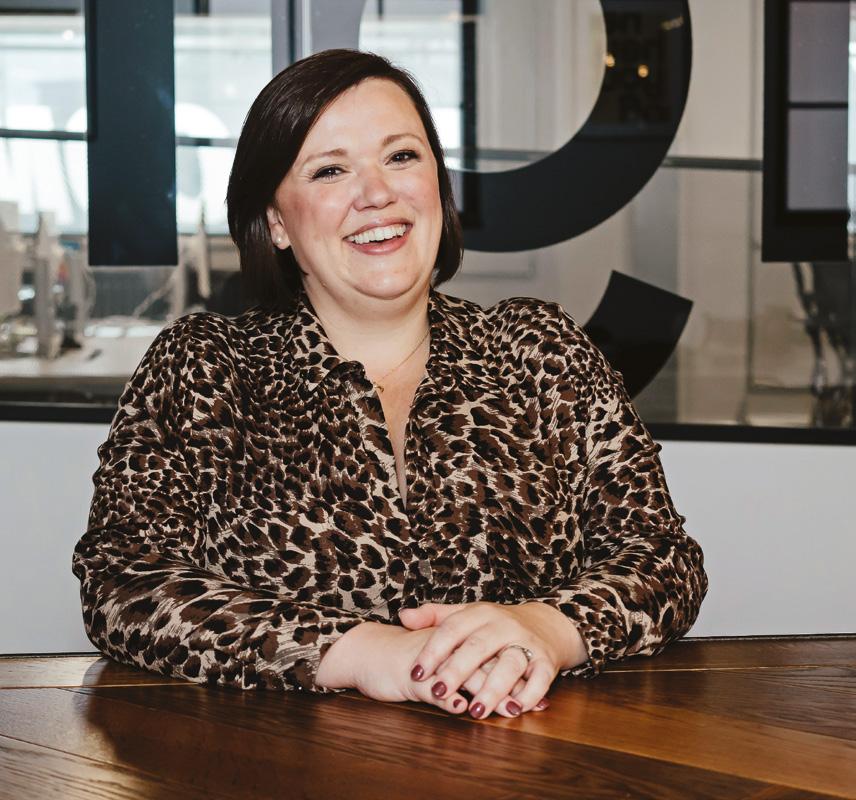
INTERVIEWEE: Kate Dean, Director
of Enable Disability & Inclusion Consultants Ltd
WEB: enabledi.co.uk
